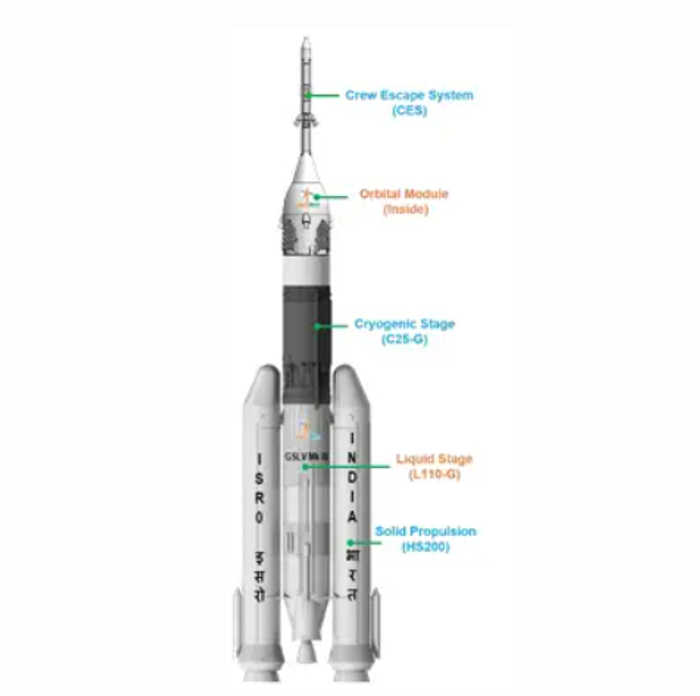Published 16:27 IST, February 27th 2024
Introducing the four astronauts who will take part in the Gaganyan Mission, Prime Minister Narendra Modi lauded the works of the ISRO.
Advertisement
Thiruvananthapuram – Introducing the four astronauts who will take part in the Gaganyaan Mission, Prime Minister Narendra Modi lauded the works of the Indian Space Research Organisation (ISRO). The Prime Minister insisted that “India's success in the space sector is sowing the seeds of scientific temperament in the country's young generation”. PM Modi's motivating words came after he reviewed the progress of the Gaganyaan human spaceflight programme at the Vikram Sarabhai Space Centre (VSSC) in Thiruvananthapuram. During the historic event, the Prime Minister also integrated the space infrastructure projects including the PSLV Integration Facility (PIF) at the Satish Dhawan Space Centre, Sriharikota, the new Semi-cryogenics Integrated Engine and stage Test facility at the ISRO Propulsion Complex at Mahendragiri, and Trisonic Wind Tunnel.
The Gaganyaan Mission is India's first human space flight program and extensive preparations are being carried out at various ISRO centers. Before giving his address, Prime Minister Modi introduced the four astronauts who will embark on this historic mission. The names of these astronauts are – Group Captain, P Balakrishnan Nair, Group Captian Ajit Krishnan, Group Captian Angad Pratap and Wing Commander S Shukla. “I want everyone to give a standing ovation to our astronauts,” the Prime Minister said as he introduced the astronauts.
Advertisement
Prime Minister went on to emphasise that the Gaganyaan mission is a historic one. “A while ago, the country saw 4 Gaganyaan travellers. They are not just 4 names or 4 human beings, they are the four powers that are going to take the aspirations of 140 crore Indians to space. An Indian is going to space, after 40 years. This time, the time is ours, the countdown is ours and the rocket is also ours,” Prime Minister furthered.
What is the Gaganyaan Mission?
According to ISRO, the Gaganyaan project envisaged the demonstration of human spaceflight capability by launching an Indian crew into an orbit of 400 km for 3 days. The mission then plans to bring them back to earth safely by landing on Indian sea waters. As per the space agency, the project is accomplished through a strategy that considers in-house expertise, the experience of Indian industry, intellectual capabilities of Indian academia & research institutions along cutting-edge technologies available with international agencies. The key aspect of the mission is the human-rated LVM3 rocket (HLVM3). The HLVM3 consists of a Crew Escape System (CES) which is powered by a set of solid motors which ensures that the Crew Module along with the crew is taken to a safe distance in case of any emergency either at the launch pad or during the ascent phase.
Advertisement

Significance of the Mission
What makes the mission historic is the fact that it is the first indigenous mission that will send Indian astronauts to space. If this mission turns out to be a success, India will be the fourth country to have sent a human to space, the other three countries being the United States, Russia and China. Pioneering Indian astronaut Rakesh Sharma was the first Indian to go to space in the year 1984. He imprinted his name among the stars by commencing a mission that lasted 21 days and 40 minutes.
It is important to note while ISRO is developing spacecraft, Russia is helping in the training of the astronauts. In June 2019, ISRO signed a contract with a subsidiary of ROSCOSMOS (the Russian space agency), called Gavkosmos which was responsible for preparing the Indian astronauts selected for the mission. Apart from learning the Russian language, four selected astronauts underwent medical and physical training.
Advertisement
13:30 IST, February 27th 2024